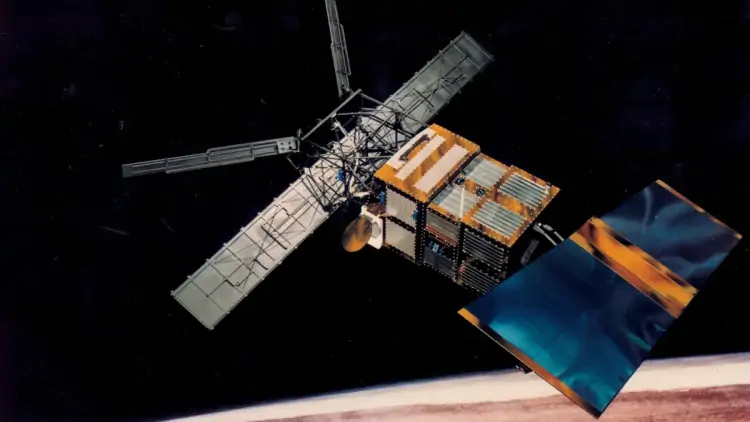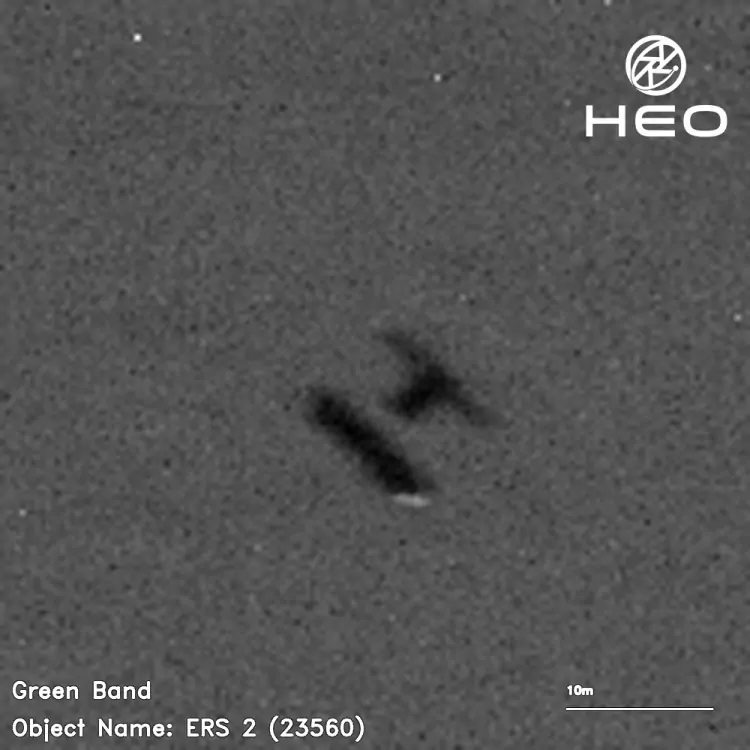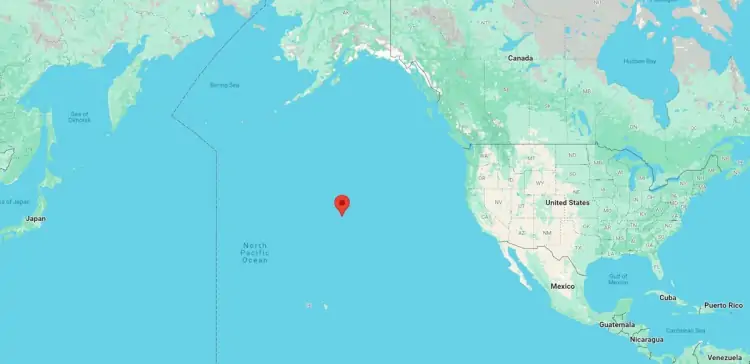Bus-sized European satellite crashes into Earth over Pacific Ocean
The European Space Agency's (ESA) European Remote Sensing 2 (ERS-2) satellite re-entered the Earth's atmosphere over the Pacific Ocean at 20:15 CET. The fall ended a 13-year off-orbit campaign, which began in July 2011 with 66 engine burns and consumed the remaining fuel of the spacecraft.

The satellite re-entered the Earth's atmosphere through the open ocean, and it is unclear whether any debris has reached the surface.
An unused European satellite fell back on Earth today, ending almost 30 years of space life.
The European Space Agency's (ESA) European Remote Sensing 2 (ERS-2) satellite re-entered the Earth's atmosphere over the Pacific Ocean at 20:15 CET. The fall ended a 13-year off-orbit campaign, which began in July 2011 with 66 engine burns and consumed the remaining fuel of the spacecraft.
"We have confirmed the re-entry of the ESA-2 over the North Pacific Ocean between Alaska and Hawaii in 1 minute," ESA Operations said.
It is unclear whether any debris has landed on the surface after the ERS-2 re-entered the atmosphere, but ESA has guaranteed the public in an SSS published before the re-entry that no part contains toxic or radioactive substances.
Astronomer Jonathan McDowell released a trace of the satellite's re-entry on X, showing the location of a debris track recorded by radar systems operated by the National Oceanography and Atmospheric Administration's (NOAA).

The ERS-2 was roughly the size of a school bus and weighed 5,547 pounds (2,516 kilograms) when filled with fuel at departure. Today, when the fuel was completely exhausted, it weighed approximately 5,057 pounds (2,294 kg). Despite being quite large, the mass of the satellite is not a contradiction when it comes to re-entering space debris. An object of similar size falls into the Earth's atmosphere every few weeks.
"When ERS-2 was launched, it was the most sophisticated Earth observation spacecraft developed and launched by Europe," ESA writes in its re-entry SSS. The satellite was designed to collect data about Earth's land masses, glaciers, and oceans and even help track the consequences of natural disasters.
"The ESA satellites provided a stream of data that changed our view of the world we live in," ESA Director of Earth Observation Programs Simonetta Cheli said. "Our planet has created new opportunities for scientific research and applications, enabling us to gain new insights into the chemistry of our atmosphere, the behavior of our oceans, and the impact of human activities on our environment.”
The ERS-2 landed on Earth in a way known as "natural re-entry," meaning that mission controllers had no way of maneuvering or otherwise controlling the satellite during the landing towards the atmosphere. Before re-entry, the batteries were discharged, and all electronic systems were disabled long before the heat landing began.

ESA representatives said such re-entrances are completely safe, even if some debris reaches the ground from time to time.
"In 67 years of space flights, thousands of tons of artificial space objects have reentered the atmosphere. The fragments that reached the surface very rarely caused any damage, and there was never a confirmed report of human injury," he said.
While any "natural" re-entry such as this is likely to damage the Earth's surface, the chances of any remaining debris damaging people or property on the ground are incredibly low. According to ESA's re-entry SSS section, a person's chance of being hit by lightning is 65,000 times greater than the risk of life-long space debris. According to the ESA, the probability of an impact of space debris per person every year is 1 in 100 billion.







